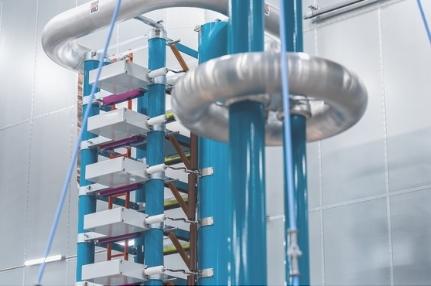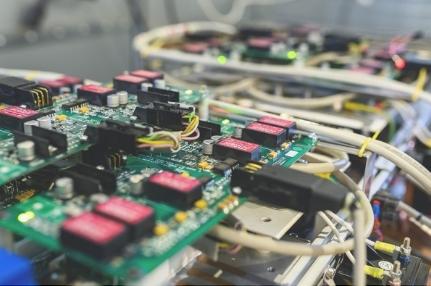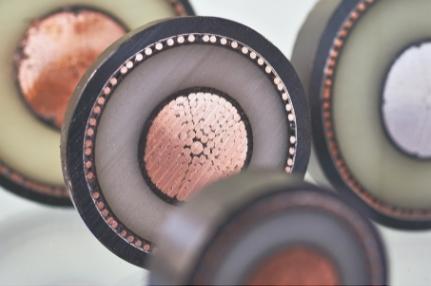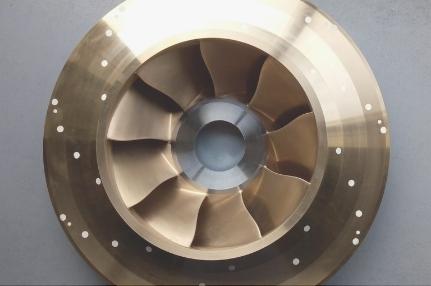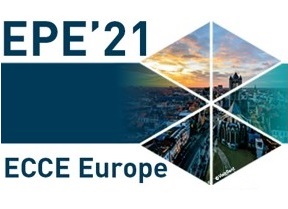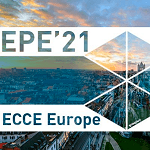Recherche & collaboration
Qu’est-ce qui nous rend unique ?
SuperGrid Institute doit son succès aux personnes qui composent nos différents départements de recherche. Nos équipes viennent d’horizons divers, tant industriels qu’universitaires, et la richesse de leur expérience et de leurs compétences rend l’Institut unique.
Chaque personne apporte une expertise spécifique et ce vivier de connaissances offre aux spécialistes de différents domaines la possibilité de collaborer sur des solutions innovantes pour résoudre des problèmes techniques.
L’Institut bénéficie d’étroites relations de collaboration avec des acteurs de l’industrie et des institutions académiques. Alors que les forces complémentaires de nos partenaires apportent des éclairages et des approches innovantes aux défis techniques, nous développons nos départements de recherche en toute indépendance. Des investissements conjoints publics-privés et des projets de collaboration financent le travail.
Les installations de recherche, les plateformes de test et les laboratoires de pointe de SuperGrid Institute sur les sites de Villeurbanne et de Grenoble sont la clé du succès de nos départements de recherche.

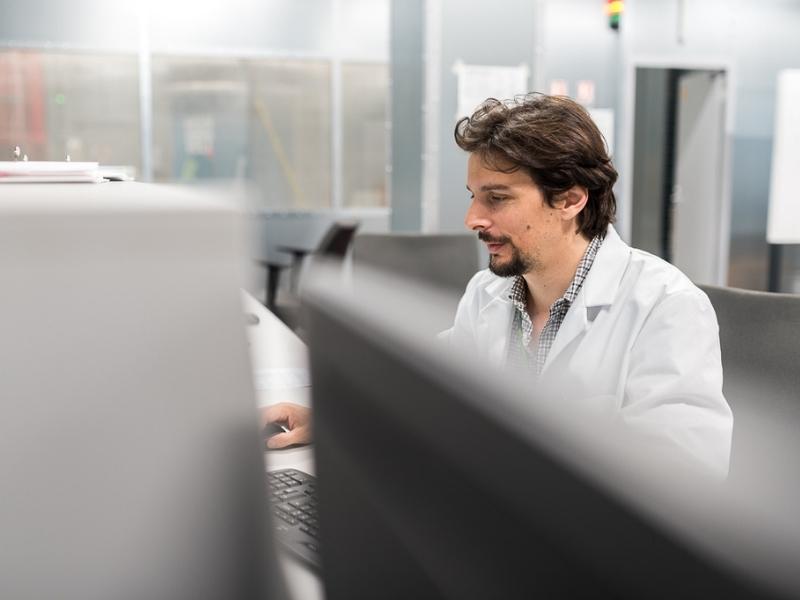
Nos dernières publications scientifiques
Modelling and Control of an MMC-HVDC Submodule with Energy Storage for Fast Frequency Response
Energy storage systems can be distributed in a modular multilevel converter (MMC) for the enhancement of HVDC converter stations.
Experimental study of an EMI reduction gate-driver technique for turn-off transition of 1.7 kV SiC MOSFET
This paper proposes a novel self-controlled SiC MOSFET gate driver circuit. This new gate driver proposes a dynamic gate-bias modification.
Functional needs and potential technologies, to enable the stepwise development of HVDC multi-terminal grids
The introduction of modular multilevel converters (MMCs) created a new momentum in the field of high voltage direct current (HVDC).



